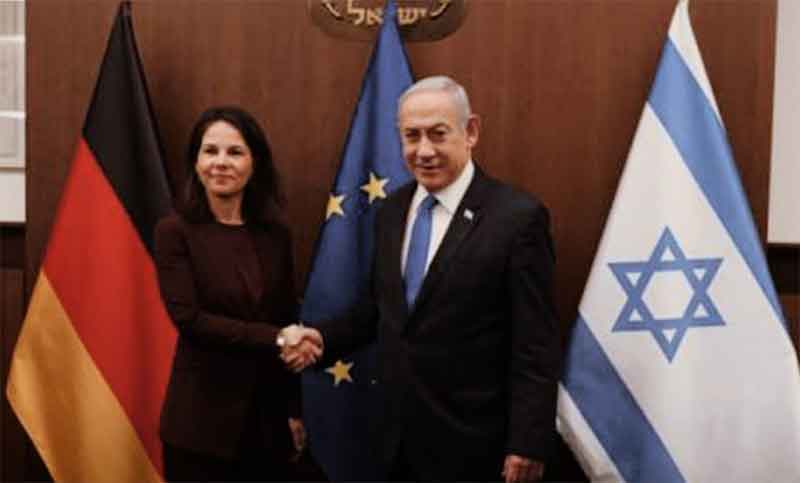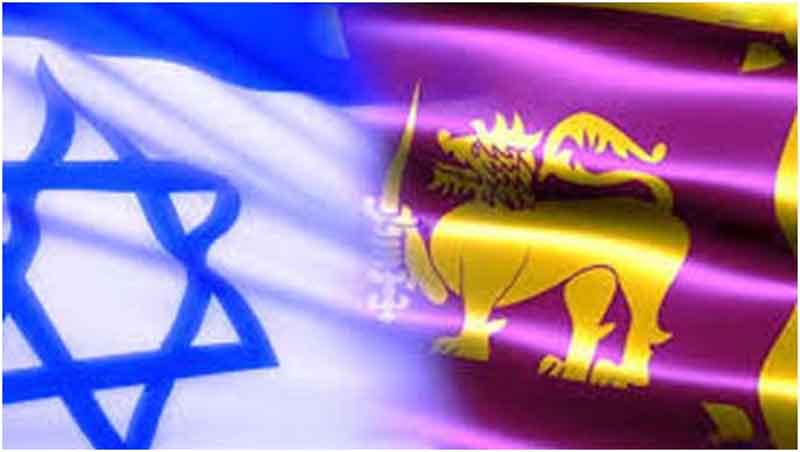
In a society built on inequities based on class, caste, gender, race – existence of constitutional legislations for benefit of oppressed does not by itself ensure their welfare. It requires a conscious collective action by the oppressed against exploitation. It requires a change in mindset from ‘fearful’ to ‘fearless minds’. The book by Vivek Pandit titled ‘Fearless Minds’ tries to emphasise this point. The book draws lessons through experiences from grassroots organizing around issues of bonded labor. It deals with the issues such as importance of understanding power, pathways to organizing, importance of understanding the opposition, steps to be taken for organizing, tools of non-violent struggle, campaign strategy, tactics of struggle and negotiation.
Initially the book discusses how the author and his spouse were shaped as activists. Following failure of ‘Total Revolution’ campaign of the 1970’s, they moved to a village called Dahisar in Maharashtra and registered an organization named ‘Vidhayaka Sansad’. Work around education, health and economic activities such as goatery and piggery was undertaken. Landowners did extend support to such initiatives.
Both of them awoke to the reality of bonded labor when they found children and youth were irregular in attending classes as they were engaged in lands of landowners as bonded laborers. It is then conflict with land owners began. The bonded laborers worked for some ancestral loans taken generations back and were repaying back in pittance in the form of stale food, grains, banyans, dhotis, place to stay for which they had to work through day and night. They worked on land of landowners, grazed their cattle and performed their household tasks. Despite constitutional guarantee of freedom, the bonded laborers were unfree.
Due to ‘fearful mind’, bonded labor were initially suspicious to fight back. However, acts such as penning songs of liberation from bonded labor, organizing events such as independence and republic day with them, taking them to top officials on this issue brought them closer to young activists. The bonded labor law made in 1979 had not freed them. It was when 4 bonded laborers ultimately took the ‘risk’ of freeing themselves and met a senior official, they were assured that they need not work with landowners, which ultimately freed them. Mental burden of ‘bondedness’ was overcome.
Both of them started a collective ‘Shramjivi sanathan’ where issues such as raise in wages of agricultural laborers, Adivasi lands being taken over by non-adivasis, regularization of community lands, subsidized food for the tribals, education of excluded children, and employment under MGNREGS scheme besides bonded labor were taken up. During the struggles carried out, they received resistance from local and district administration who tended to favor the land owners. They received threats, verbal abuses and were also imprisoned. They also won many allies.
The book talks of the importance of understanding ‘power’ and ‘power relationships’ while working with ‘oppressed’ communities. In the villages organized around castes, upper castes are at the center and are respected members in village. At a distance are other backward castes and in outskirts are the scheduled castes and tribes. Unwritten rules of caste hierarchy operates. Harmony prevails till the rules of caste hierarchy is not threatened. A language of power operates where in daily interactions, it is driven by hierarchy through words such as ‘Bade malik, Chote malik’ etc. The body language displayed by oppressed is that of subordination and by oppressor that of domination. The ‘culture of oppression’ developed over generation’s shapes the psyche of the oppressed. Oppressed always needs to say ‘Yes’ in this hierarchy and ‘No’ is not tolerated. An important means for strengthening the oppressed is to build their ability to say ‘No’. This helps them in winning back spaces and getting empowered. This is by challenging power and breaking the pattern of ‘peace’ which in reality hides oppression. Power may exist in the form of class, caste, religion etc.
The author points that the oppressed need to be organized around collectives / sangatans. The anger and frustration of the oppressed should find a voice through collective expression and could be around an issue faced by the oppressed. May alternatives exist. Welfare and development approach does not necessarily bring in long term change. Research and Public interest litigation (PIL) can be used where necessary. Personal influencing while it may work does not empower people. Advocacy is useful but has to draw its strength from the people. The poor have their unique strengths. As they have nothing to lose and only things to gain, they have patience, generosity and ability to bear suffering which can be a great strength. Issues need to be identified through conversations with the oppressed and these conversations need to trigger the oppressed to get agitated, think, reflect and become conscious of their situation. Sometimes the oppressed may not be able to see the oppressive dimension and may have accepted it as normal. An activist also needs to use information, analyze the same and use it to awaken oppressed and influence the government.
Social organizers face resistance by the powerful. The social organizers need to prepare the oppressed to face the opposition from dominant group and threats. Such opposition also helps in understanding who are friends and foes in the struggle. The powerful may use weapons such as violent attack or social boycott or use the administrative machinery. The administrative machinery is often seen to support the oppressor even when laws exist in favor of the oppressed. When a voice is raised by oppressed, it is propagated as a threat to ‘law and order’. Sometimes they use techniques such as threatening to register a case or actually registering one or issuing prohibitory orders.
The book talks of the qualities of a sangatak. A leader is agonized by the situation and comes forward to change the reality through inspiring the people. They accept responsibility and is willing to face the dangers and is willing to become a part and parcel of the joys and sorrows of the people. Such leaders develop naturally and caste, religion, community, race, gender do not come in the way of true leadership. A sangatak challenges the system, hears the voice of those unheard of and fights the defeatist mindsets of the oppressed. They build confidence of the people and never blames the victim. The sangatak analyzes the results and presents them to the people. The organizer stands with the people and has great trust in the power of the people. They analyze the situation from multiple positions – legal and administrative. The thought process of opposition and dispossessed are taken into account. They understand and accept the fact that the process of creating change naturally creates conflict. Hence they assume roles as a leader, teacher and student to deal with emerging situations. They help people to dream, build hope and make them aware of their strengths. Being a sangatak provides joyful experience, particularly when the growing self-confidence of dispossessed motivates one for further action.
The image of sangatak in the eyes of poor & oppressed is important. Their communication and behavior is vital. The oppressed keep observing the sangatak on their decisions, behavior and living. It is not the speeches of sangatak but how they live with the oppressed and share joys and sorrows, live and eat with them that matters. Only through it that trust is won. The oppressed must be sufficiently convinced that the sangatak is totally with them and would work for them. Sangatak works to change the defeatist mindset of poor and teach them to dream. They strengthen the people’s ability to fight for themselves, to ask questions and to remove fear from their minds. A communication process which helps the poor to change their defeatist mindset matters a lot. Sometimes speaking the opposite triggers a thinking process and motivates them to change. People’s anger must be made to find an expression, which only builds up their courage. Celebrations need to be organized for small victories to build strength and confidence of the people. Building a connection with lives of the poor only strengthens the sangatan.
A sangatan must use a mix of tools as per the given situation. The sangatak must be familiar with the functioning’s of the democratic system – bureaucracy, cabinet, legislature, executive and judiciary. This is to influence within the government system. Outside the government system, they should be familiar with processes of making to the point appeals, carrying out discussions with representative bodies, organizing protest morchas, undertaking gheraos, organizing dharnas, rasta rokos, satyagraha, fasting etc. The sangatan should make good use of information and must distil lessons in a more powerful manner.
Campaign strategy should be based on understanding of four social actors. They are we / ourselves, friends, fence sitters and opponents. WE are the one whose issues are taken up. Friends are not those directly affected but show sympathy to the struggle. Fence sitters do not take a stand but gaining their support acquires importance. Opponents are those who stand directly opposite the interests of WE the affected. The sangatan should make an analysis of who belong to these four social actors in the struggles that are taken up. While strategizing, plan must be made each for the four social actors. WE need to be strengthened from inside through addressing the internal differences. While planning with friends, one should be also aware of the limitations and boundaries for utilizing their services. Fence sitters may be against the affected but it needs to be ensured that they do not join the opposite camp. When dealing with the opponent, one needs to be clear on what exactly is wanted from the opponent and the strategy to adopt to achieve the same. In framing strategy, right cause to act upon and manner of acting has to be decided upon. It could be legal such as Public interest litigation (PIL) or non-legal. Legal means should be adopted as a last option. Non-legal means can be utilized such as pressurizing the government through linking up the cause to international covenants, directive principles of state policy or influencing the political parties.
The book discusses tactics of the struggle. The tactics have to be carefully planned that it uplifts the participants and they derive joy out of the process. Symbols play an important role and symbols such as national flag could be used to attract to struggle. Usage of apt slogans increases the self-confidence of the people and removes fear from their minds. It helps in building readiness for the struggle. Songs arouse powerful feelings among the oppressed. It helps the people to express their pain and sorrow. Sometimes the counter strategies to deal with the opponent i.e., of threats or protests – gheraoes, etc. need to be taken up within the confines of law. The sangatan should find loopholes in the laws, learn to interpret in a manner that enhances its objectives and achieves the purpose of the oppressed.
The books also deals with negotiation. During negotiation, a detailed analysis of the strengths and weaknesses of the opposition including their internal contradiction, analysis of friends and foes and how they can be useful in negotiation need to be explored. All the papers necessary for strengthening one’s argument should be kept ready at the negotiating table. The position and stance of the opponent, who speaks on what should be decided in advance. What is negotiable and non-negotiable should be planned in advance. Before going into negotiating table, we should ensure that we either win or have only minimal loss. A mediator if employed by the opponent has to be equally acceptable. If those dominant try to sideline the issue, it is good to postpone the negotiations. Even if negotiation breaks down, communication should be continued. When those dominant is unmoved in their position while negotiating, it is important to warn them. One needs to be humane even to the opposition during negotiation. The ill health of the opponent or their rationale point if any should be considered. Everyone involved in the struggle should be informed of losses and gains. The trust of the people should be maintained.
The book equips the activists with tools and techniques, practical guidelines and suggestions on undertaking a people centered advocacy. The struggles and challenges faced on the ground, the qualities and skill sets of a leader, the role of sangatan to change the mindset of the poor from an ‘unfree’ to a ‘fearless mind’ makes way for a good reading. An essential reading to learn the tools and techniques in carrying out people centered collective action.
T Navin is an independent writer and works with an NGO















































